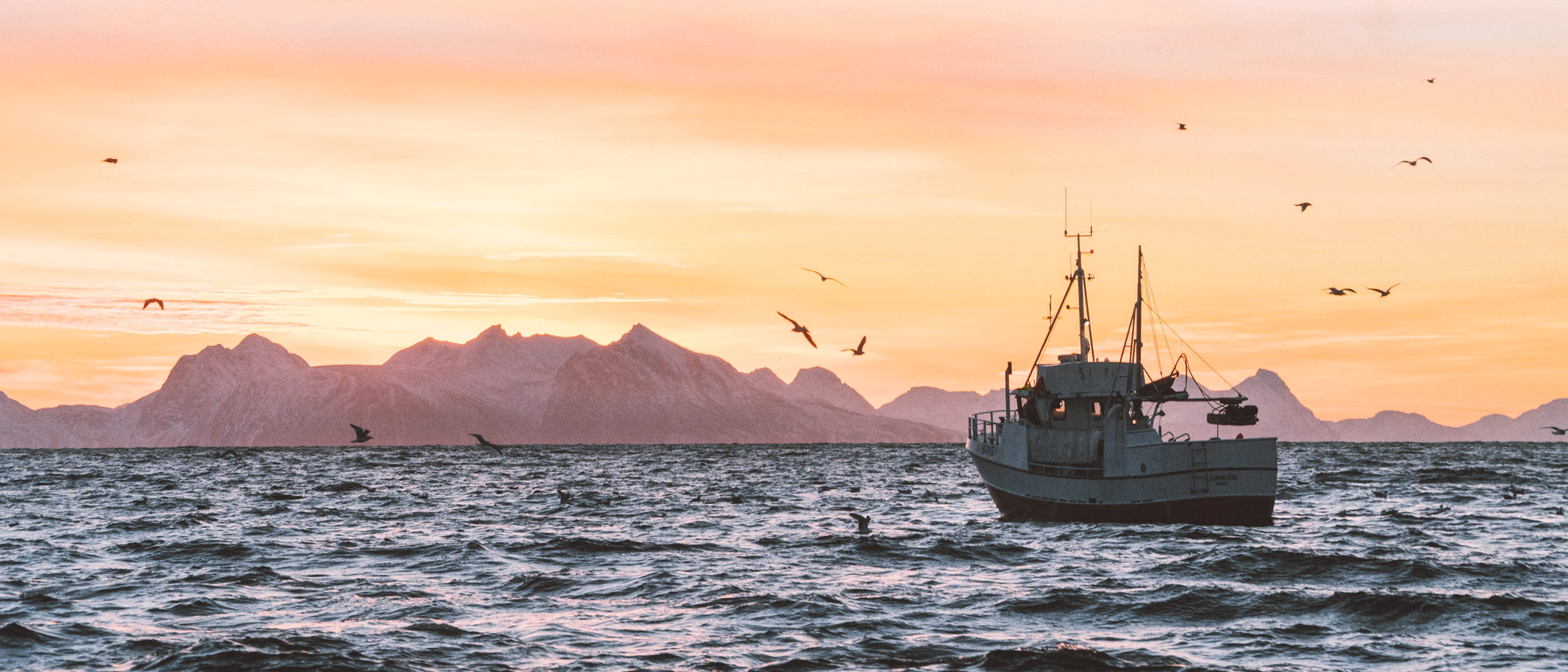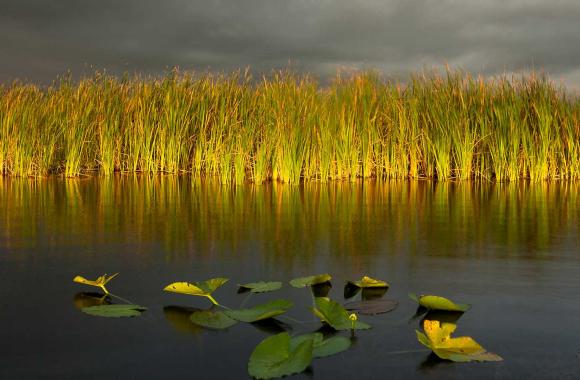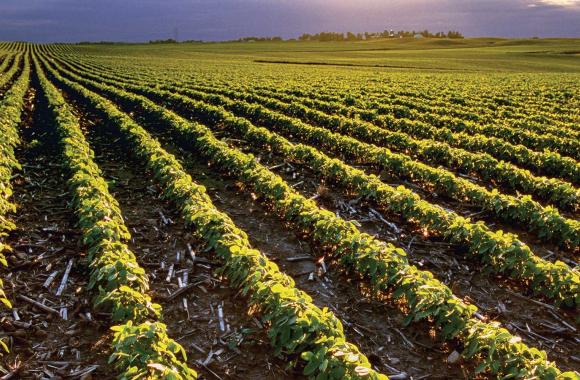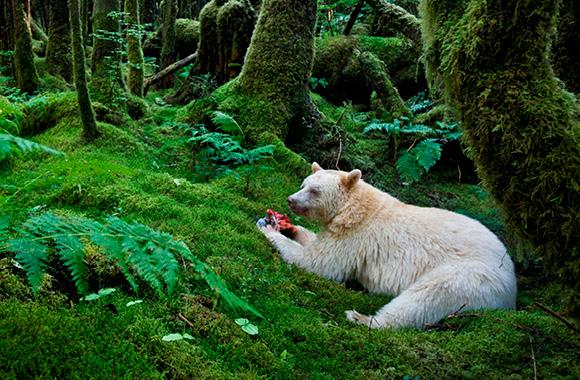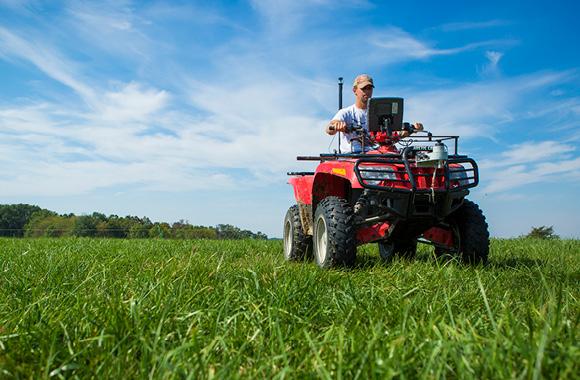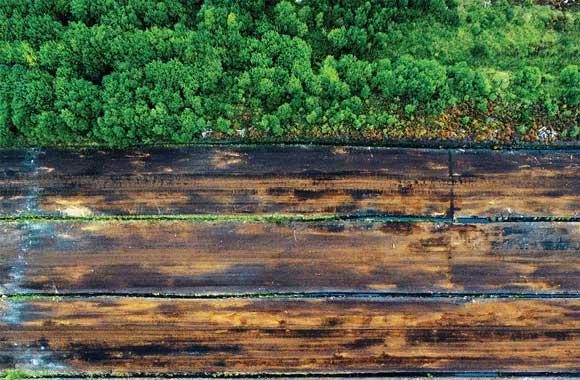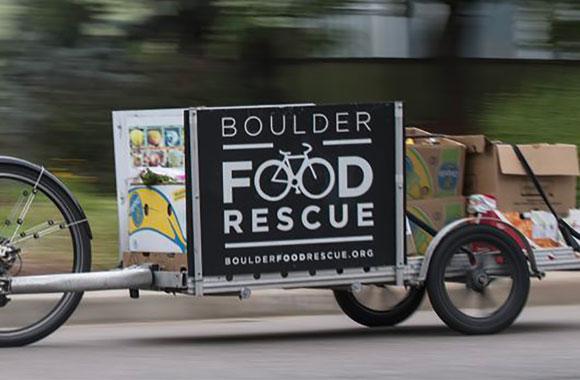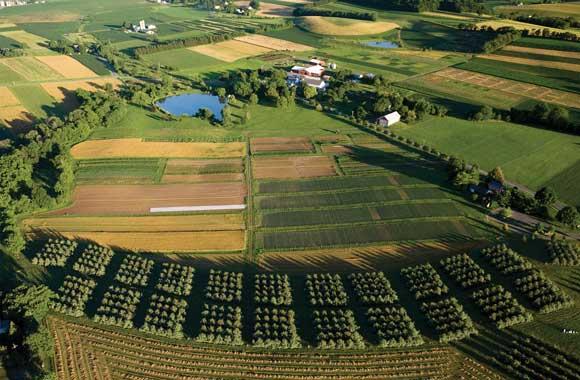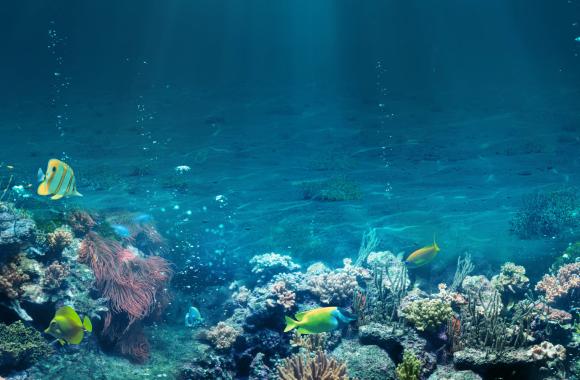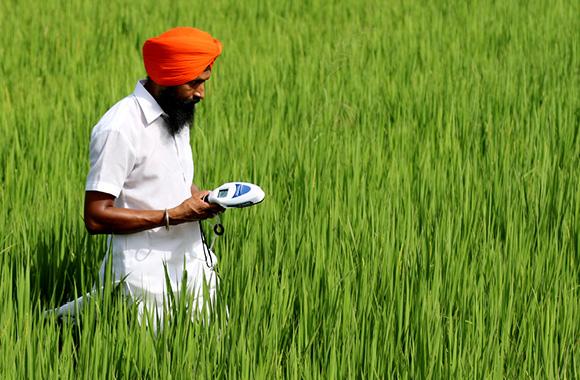Improved Fisheries
Improved fisheries involves reforming and improving the management of wild-capture fisheries to reduce excess effort, overcapitalization and overfishing. This can reduce fuel usage and rebuild fish populations, enhancing carbon sequestration.
Reduced/Sequestered
2020–2050
Impact
The Improved Fisheries solution can reduce fuel usage of fishing per landing for 68.59–95.93 million metric tons of landings by 2050. Additionally, fishing at the maximum sustainable yield and letting large fish populations regrow could be applied on 6–8 million metric tons of landings by 2050. This would avoid 1.01–1.54 gigatons of greenhouse gas emissions by 2050. We do not project financials because they are not incurred at the landholder level.
Introduction
Wild-capture fisheries generate carbon emissions due to fuel use of fishing vessels, reduce carbon storage in fish, and reduce carbon sequestration in ocean sediments by disturbing them with bottom trawls. Estimates of global carbon dioxide emissions from the main engine combustion of fuel in marine fisheries range from approximately 130 to 207 million metric tons of carbon dioxide annually.
Project Drawdown’s Improve Fisheries solution involves reforming and improving the management of, and eliminating inappropriate subsidies related to, wild-capture fisheries to reduce excess effort, and overfishing. This solution reduces the number of vessel-days and allows depleted fish stocks to rebuild to a level that allows fish population to regrow and be sustainably maintained over time. This in turn reduces fuel use, increases carbon sequestration in dead fish, and sustains catch in the long term.
Optimal management could improve fuel efficiency of fisheries 44 percent, increase fish biomass up to sustainable levels across fisheries, and boost catch up to 15 percent. Several countries have recently made significant progress identifying and addressing overcapitalization and overfishing. Technological advances, increasing demand for transparency, and international cooperation have the potential to further advance the sustainable management of fishery resources.
Methodology
Total Addressable Market
We defined the total addressable market for the Improved Fisheries solution as total landings (weight of catch brought to shore) from commercial fisheries. Based on a range of sources, we estimated this at 94 million metric tons worldwide in 2014. We projected future landings by extrapolating from 2000–2015 trends, growing to 100 million metric tons by 2050.
We defined the addressable market for fish biomass as total landings from commercial fisheries of large pelagic fish that are currently or becoming overfished. We estimated this at 8.5 million metric tons worldwide in 2014, growing to 9 million metric tons in 2050.
Adoption Scenarios
We based our models on five custom adoption scenarios with a variety of assumptions regarding achievements of fisheries reforms.
We calculated impacts of increased adoption of improved fisheries fuel emissions and improved fisheries fish biomass from 2020 to 2050 by comparing two growth scenarios with a reference scenario in which the market share was fixed at the current levels.
-
Scenario 1: 68.59 million metric tons of fish are landed.
-
Scenario 2: 95.93 million metric tons of fish are landed.
Emission Reductions and Sequestration Rate
To calculate emission reductions from fuel use we used 608 liters of fuel usage per metric ton of landing based on 89 data points from five sources and a 45 percent reduction in efficiency of fuel usage per landing based on seven data points from four sources.
We calculated carbon sequestration from large dead fish at 0.34 metric tons of carbon per metric ton of landings by comparing current sinking biomass with optimally fished sinking biomass (fished at maximum sustainable yield).
Financial Model
We did not model financials because costs are not necessarily accrued by the landowner or land manager.
Integration
Integration with other solutions did not affect the Improved Fisheries solution because no other solution uses landings as a total addressable market.
Results
Adoption of Scenario 1 reduced carbon dioxide equivalent emissions by 1.01 gigatons by 2050. Adoption of Scenario 2 reduced carbon dioxide equivalent emissions by 1.54 gigatons of carbon dioxide by 2050.
Discussion
Hoegh-Guildberg et al. (2019) modeled the emissions reduction benefit of reducing fuel use in fisheries based on adoption of the World Bank’s (2017) optimized fishing performance scenario. They estimated that reducing fuel use in fisheries could reduce annual emissions by 0.081 gigatons of carbon dioxide equivalent per year by 2050, in line with our results of 0.07 gigatons carbon dioxide equivalent per year by 2050.
The economic impacts of improving fisheries are not modeled here but merit consideration. Currently, fisheries on average operate at an economic loss of an estimated US$4–5 billion due to overcapacity and overexploitation, and the industry is largely maintained by government subsidies. Decreasing costs of fuel and other inputs that scale with effort would decrease the cost of fishing per metric ton of catch while increasing revenue in the long term by increasing the sustainable catch.
Despite these numerous benefits, there are significant potential economic and social costs to consider, particularly loss of employment. Fisheries reforms must be designed in a way that mitigate adverse employment impacts. In particular, attention should be paid to ensure that fishery reforms and resulting job loss do not disproportionately affect low-income or otherwise marginalized fishing communities, and that fishers who do lose their jobs are able to obtain other meaningful and gainful employment..
Rebuilding depleted fish stocks, which falls within the UN Sustainable Development Goal 14, is achievable by 2040 for most depleted fish species through reducing overfishing. Accomplishing this goal would reduce greenhouse gas emissions, enhance ocean ecosystem functioning and ecosystem services, increase fisheries profit and catch, and buffer fisheries from the negative impacts of climate change.
References
Hoegh-Guldberg O. et al. (2019). The Ocean as a Solution to Climate Change: Five Opportunities for Action. World Resources Institute. http://www.oceanpanel.org/climate
World Bank. (2017). The Sunken Billions Revisited: Progress and Challenges in Global Marine Fisheries. World Bank Publications.
What You Can Do
Do an Internet search for “sustainable seafood,” and use what you learn to guide your purchases.
Find out if your government has policies that promote overfishing or inefficient use of fishing boats and work to change them if it does.
- Expand your knowledge by exploring another Drawdown solution.
Co-benefits
Improving fisheries boosts the health of ocean food webs.

